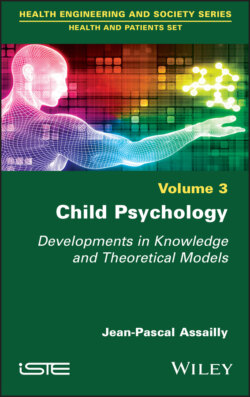Читать книгу Child Psychology - Jean-Pascal Assailly - Страница 58
1.15. Twins
ОглавлениеThe birth of twins is always a phenomenon that arouses curiosity. It is known that there are two types of twins: dizygotic twins resulting from the fertilization of two ovocytes by two different spermatozoa, and therefore have a different genetic heritage, like brothers and sisters; and monozygotic twins resulting from the division of a single embryo and therefore have an identical genetic heritage.
The prevalence of twin births has increased over the past 40 years in France:
– 1972: 9 births out of 1,000;
– 2000: 15 births out of 1,000;
– 2013: 17 births out of 1,000.
This increase is mostly related to dizygotic pregnancies, the prevalence of monozygotic pregnancies being stable at around 1 to 3 per 1,000 births.
Prevalence varies according to culture: in Europe and the United States, the rates are between 10 and 20, in Asia 6 and in some African countries 40.
Why this increase? Two factors have been put forward:
– the increase in the age of the mother at first child, that we mentioned above;
– the developments in medically assisted procreation. Thus, the proportion of twin births is 17% following in vitro fertilization, 9% following intrauterine insemination with the spouse’s sperm and 11% with donor sperm.
